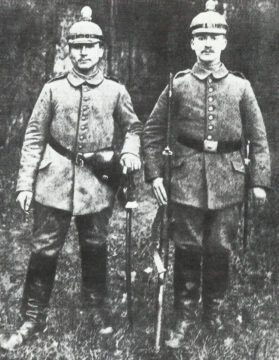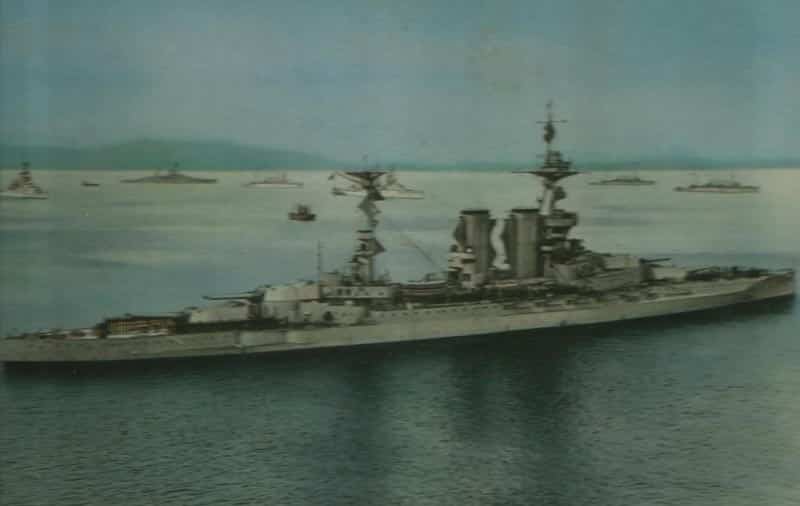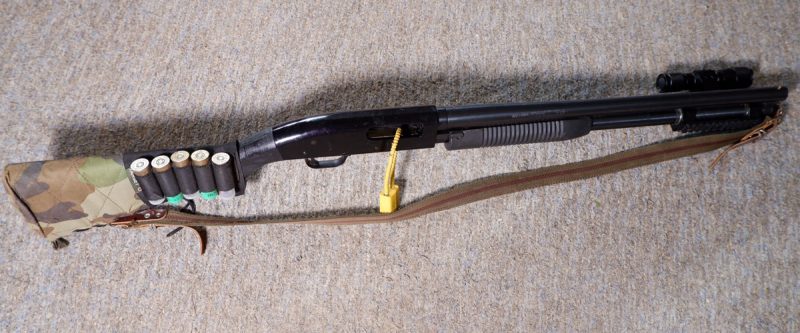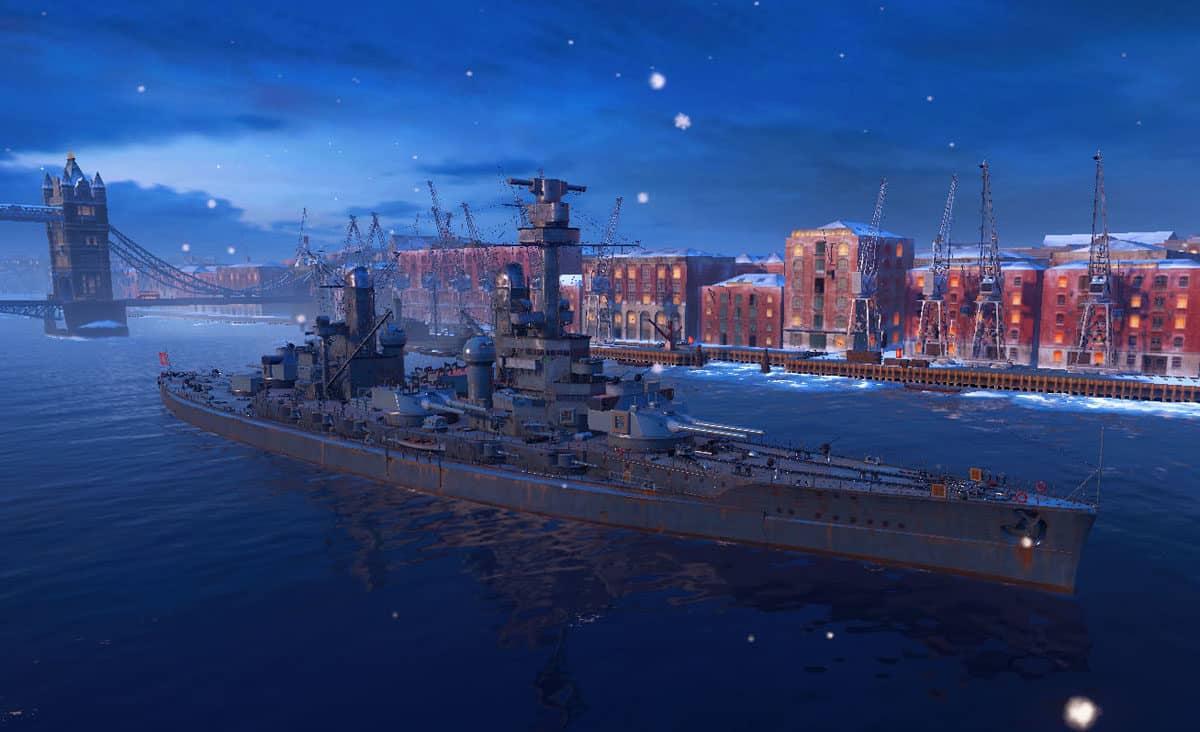Organization of the German Artillery from 1914 to 1918.
Second part of the German army organization in the First World War.
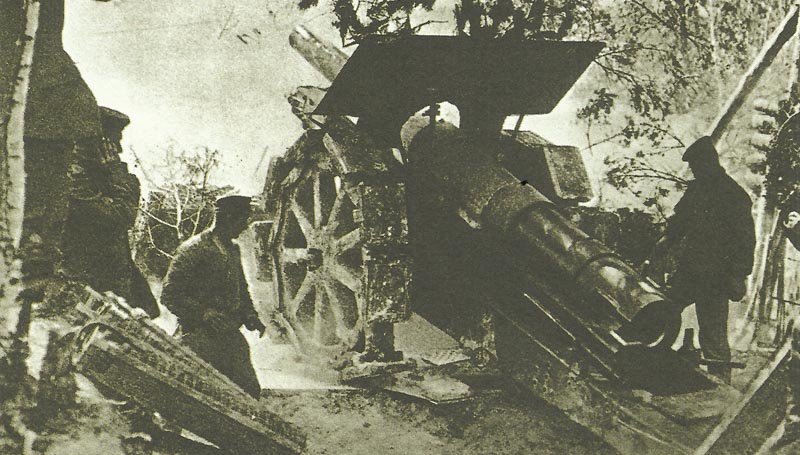

German artillery in the First World War
Table of Contents
At the beginning of World War I in August 1914, the field and foot artillery of the German Imperial Army consisted of over 1,270 batteries with about 8,700 guns. Mainly used were the 15-cm field howitzer and the 21-cm mortar, both of which were steep-fire guns. In addition, the heaviest steep-fire guns were used for shelling fortifications, such as the Big Bertha.
Anti-aircraft artillery hardly existed yet. They were still called balloon defense guns and there were only 18 of them in August 1914.
By the end of World War I in November 1918, only the artillery of the field army had grown to 2,317 batteries with nearly 24,000 guns.
Between 1914 and 1918, the field and foot artillery batteries consumed 290.76 million shells, which by today’s standards consumed 80 billion euros for ammunition alone.
Since the firepower of machine guns dominated the battlefield and clearly favored the defender, artillery was at the beginning the only weapon that could hold down the defenders. At Verdun, 21 million German and 15 million French shells were eventually fired on the battlefield of 19 by 6 miles (30 by 10 kilometers), which churned up the area several times and turned it into a moonscape.
As a result, 65 percent of World War I casualties were due to artillery fire. During the 1870/71 Franco-Prussian War, this figure had been as low as 7.5 percent, while this loss rate skyrocketed to as high as 75 percent due to artillery fire during the Battle of Verdun.
Artillery organization
The artillery was the elite arm of the Imperial German Army. It was composed of the field artillery, including Horse artillery, and the Foot artillery, which was also responsible for the heavy guns, including howitzers and mortars. During the war, mountain artillery was added, which did not exist in peacetime and was formed as part of the foot artillery.
The German artillery used at least 76 standard guns during the war, to which were added a large number of different imported or captured types.
Before the outbreak of war there were 642 batteries of field artillery and horse artillery, and by 1918 their number had increased to 2,900 batteries.
Field Artillery
Field artillery was usually equipped with one of three types of 10.5-cm caliber light field howitzer and was permanently attached to an infantry division. The horse artillery were subordinate to cavalry divisions and equipped with one of five different 7.7-cm field guns.
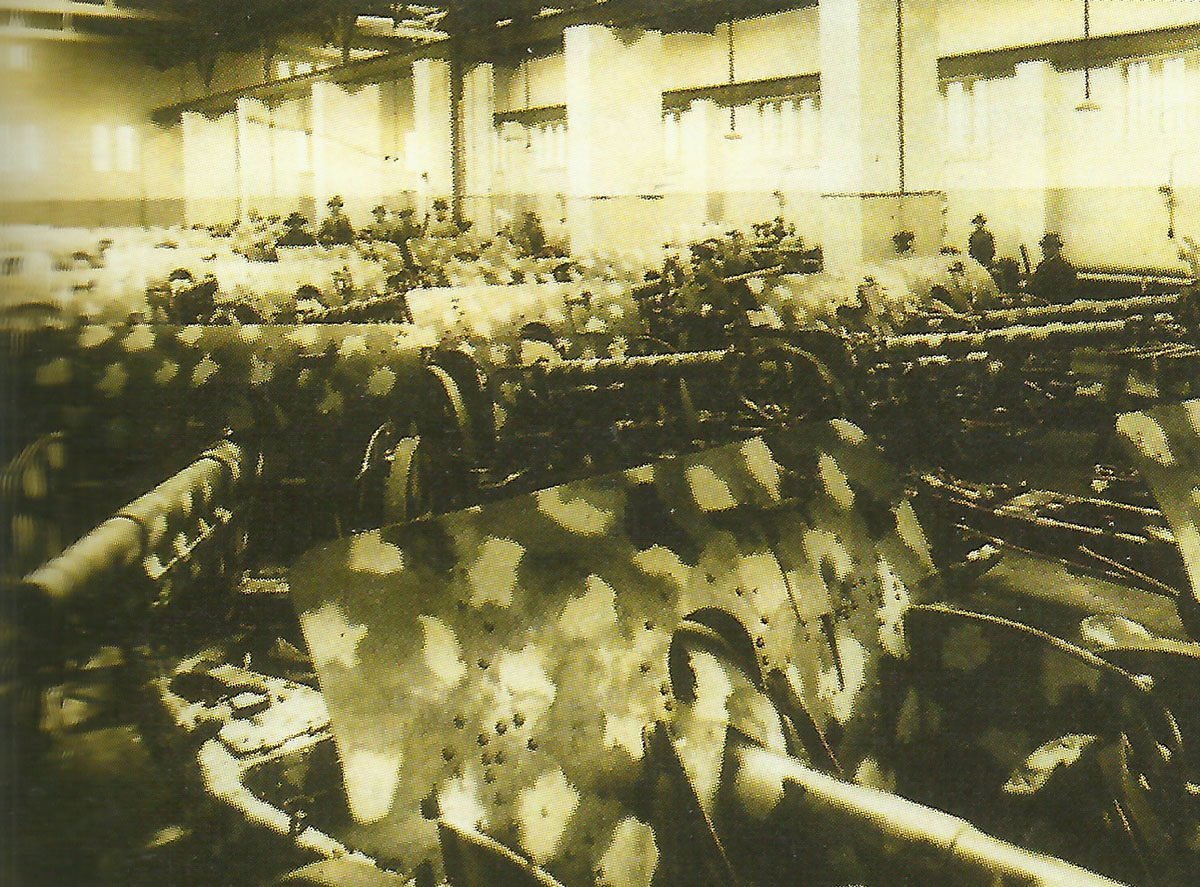
In peacetime, the batteries consisted of six field guns or four light field howitzers. By 1915, all field batteries were reduced to four guns to provide material for new formations. During 1916, a number of independent field artillery batteries were formed, numbered 801 through 915. These batteries were used to reinforce the division artillery on the eastern front.
At the beginning of the war, the division artillery was organized differently in the active, reserve, and newer formations, but generally as follows:
In each artillery brigade there were two field artillery regiments, each with two Abteilungen (subunit detachment), each consisting of three or four batteries.
The ‘Abteilungen’ were numbered I and II in Roman numerals, and the batteries in Arabic numerals from 1 to 6 in each regiment.
However, this was different with the newly formed formations that were set up after mobilization. The batteries were reduced from 12 to 9 and these now formed a single field artillery regiment, which was divided into three sections. Two of these were now armed with field guns and a third with light field howitzers.
By 1918, the field howitzer batteries accounted for one-third of the total field artillery. Before the war, light field howitzers accounted for only one-eighth of the total strength, since only one division in each army corps was armed with these guns.
A field battery was commanded by a captain and was divided into two sections (platoons), each commanded by an NCO. A third NCO was responsible for supervising the ammunition supply. Sometimes there was a fourth, who acted as a forward artillery observer, and even a fifth, who was responsible for transport duties.
Foot Artillery
Before the outbreak of war, the foot artillery consisted of 24 regiments, one for each Army Corps district. Each foot artillery regiment was divided into two battalions, each with four batteries.
Armament consisted of one of four types of 15-cm heavy field howitzer and mortars with 21-cm heavy howitzers. The battalion equipped with the mortars had only two batteries.
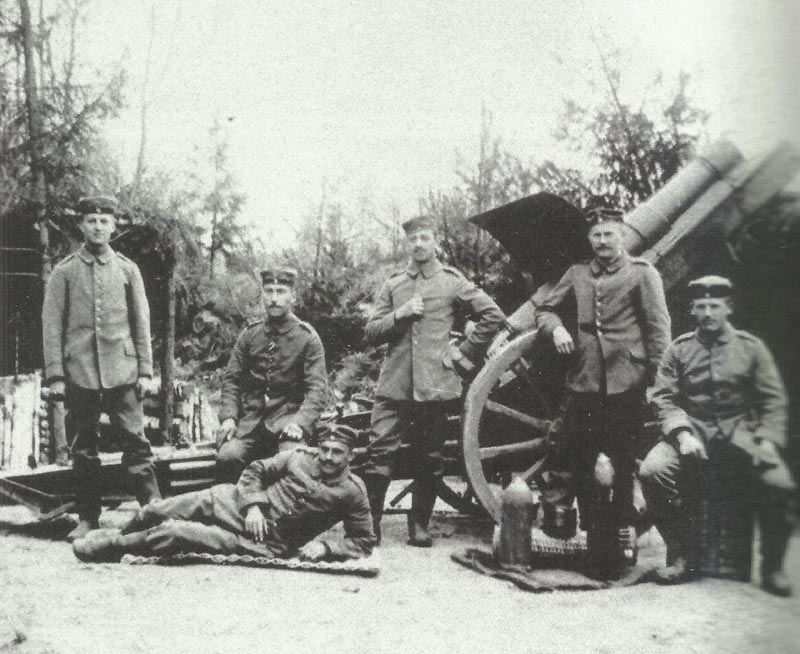
In peacetime, the heavy artillery inventory amounted to 400 batteries, but by the end of the war it had been increased to 2,250 batteries. Each active foot artillery regiment had a complementary reserve regiment, and as heavy gun production increased, Landwehr, Landsturm, and Ersatz-Depot battalions were also mobilized.
The number of battalions in a regiment was also increased, some having as many as five battalions. In addition, a number of independent batteries were formed, numbering from 101 to 150 and from 200 to 800. Many of these batteries were armed with captured guns.
The organization and command of foot batteries was complex, but in general the assignment of heavy guns was as follows:
Batteries were assigned to specific front-line sections, which were based on tactical objectives or the location of a particular front-line section at a particular time. The normal allocation for a quiet sector was eight or nine batteries for each division section, but 16 batteries were normally allocated for an active combat front.
The very heavy caliber and long-range weapons were normally mounted on railroad mounts and grouped together for fighting enemy artillery batteries or for special duties under higher command.
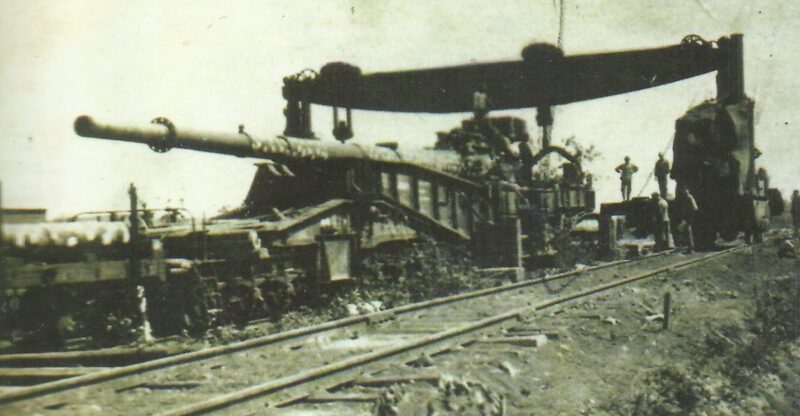
Other batteries were under the command of the commander of the artillery of a division in whose sector they were deployed. If the division was transferred, the batteries generally remained where they were.
In active combat sectors, a corps often received a special headquarters artillery staff that liaised with the various artillery staffs within the corps and directly controlled the corps’ heavy long-range artillery groups. The headquarters of each army had an artillery adviser with the rank of general officer.
The organization of the foot artillery batteries varied according to the caliber of the guns. The normal number of guns in foot artillery batteries was as follows:
Guns in foot artillery batteries:
| Battery gun type | Number of cannons or howitzers |
|---|---|
| 10cm guns | 4 |
| 13cm guns | 2 |
| 15cm guns | 2 |
| 13cm howitzers | 4 |
| 21cm mortars | 3 |
| 24cm naval guns (on wheeled carriages, railway mountings or platform mountings) | different, mostly single |
In German artillery, the term ‘mortar’ was not used for trench mortars (here the term grenade launcher applied), but exclusively for howitzers of 21 cm caliber and larger.
Mountain Artillery
During the war, about 25 mountain batteries were raised and grouped into detachments of three batteries each. They were assigned to divisions fighting in the Balkans, the Carpathians, the Alps, and the Vosges Mountains.
The crews of these batteries were mainly from Bavaria, Württemberg and Baden.
A mountain battery consisted of four rapid-firing 7.5-cm mountain guns organized for transport by mules, and the complete gun could be broken down into seven charges.
A few batteries were armed with mountain howitzers.
A detachment of a mountain battery consisted of two noncommissioned officers, a sergeant major, six privates, a mounted orderly, 26 gunners, 31 mule drivers, two platoon leaders, two mountain guns, 31 mules, and 10 riding horses.
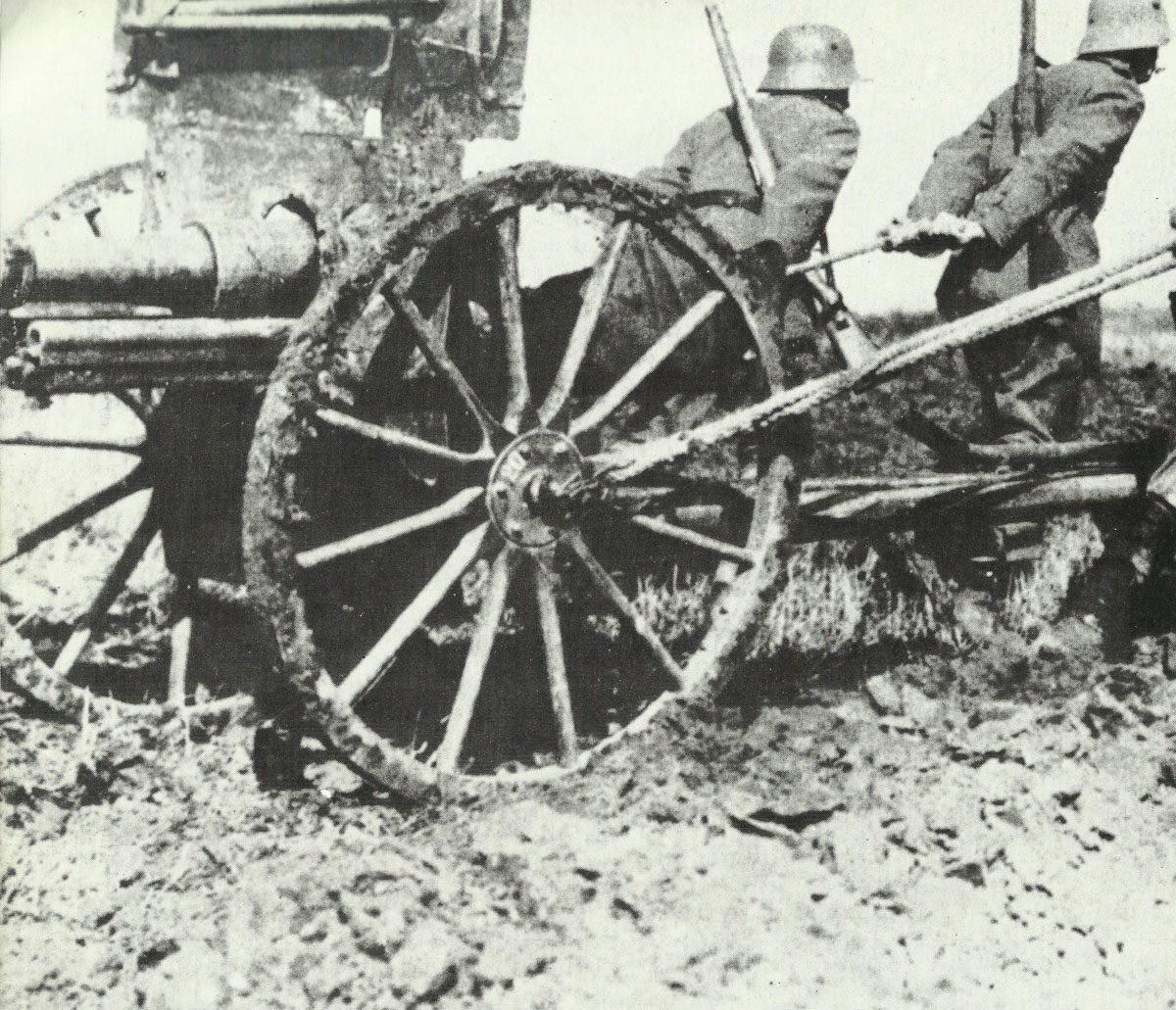
TOE strengths of the artillery units
All figures exclude the extensive strengths of the transport and ammunition wagons.
Mobile battery of field artillery
5 officers, 148 enlisted men, 139 horses, 6 guns, 6 ammunition wagons.
The battery was sometimes divided into 3 sections of 2 guns each.
Battery of Horse artillery
4 officers, 133 enlisted men, 180 horses, 4 guns, 4 ammunition wagons.
Horse Artillery Battalion
3 batteries of 4 guns each, 20 officers, 429 enlisted men, and 578 horses.
The staff consisted of 8 officers, 30 men and 38 horses. Each battalion was subordinate to a cavalry division.
2 battalions of 3 batteries each and a light ammunition column. 2 regiments formed a brigade subordinated to an infantry division. Commanded by a major general.
Heavy Artillery
Heavy artillery regiments were used primarily for base and coastal defense and siege operations against fortified positions. Their main armament consisted of howitzers, heavy mortars, and siege guns.
The heavy artillery was divided into 2 battalions of 4 batteries each.
Howitzer battery
6 officers, 224 enlisted men, 148 horses and 4 ammunition wagons.
Heavy Mortar Battery
6 officers, 249 enlisted men, 148 horses and 4 ammunition wagons.
Field Howitzer Battalion
4 batteries and one ammunition column. 37 officers, 1,178 enlisted men, 707 horses. The staff consisted of 8 officers and 21 enlisted men.
Heavy Mortar Battalion
Two batteries and one ammunition column. 25 officers and 780 enlisted men, 515 horses. Same staff as the field howitzer battalion.
Park or depot companies
For foot artillery batteries, they consisted of 5 officers, 248 enlisted men, and 10 horses.
Ammunition columns and ammunition supply platoon
Comprised various supply, transport, and support units, all grouped into a supply platoon battalion. It was responsible for transporting ammunition, food, forage, and other necessary supplies.
Each of the battalions supported an Army corps in the field. Additional duties included rear detachments, medical companies, field bakeries, etc.
The staff of the supply train battalion consisted of 3 officers and 11 enlisted men with 12 horses.
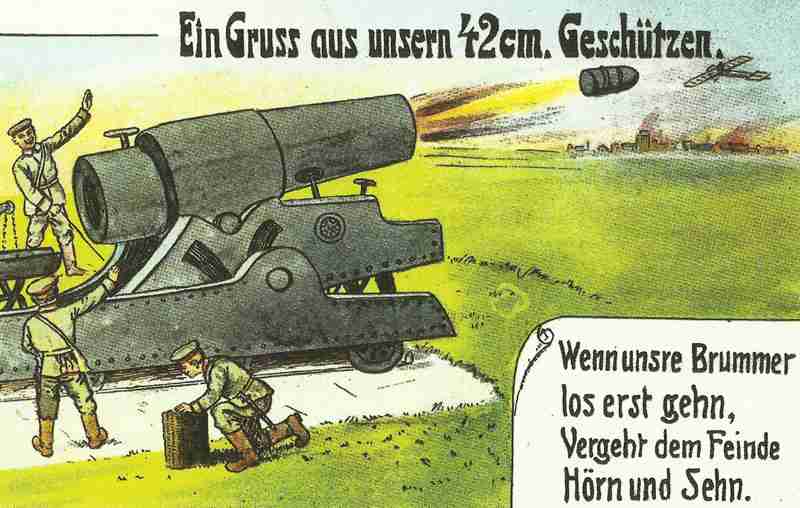
References and literature
Typenkompass: Deutsche Artillerie 1914-1918 (Wolfgang Fleischer)
Die Geschichte der Artillerie (John Batchelor, Ian Hogg)
The Germany Army 1914-18 (D.S.V. Fosten, R.J. Marrion)
Army Uniforms of World War I (Andrew Mollo, Pierre Turner)
The Illustrated Encyclopedia of Weapons of World War I (Chris Bishop)
An Illustrated History of the Weapons of World War One (Ian Westwell)
Illustrierte Geschichte des Ersten Weltkriegs (Christian Zentner)
History of World War I (AJP Taylos, S.L. Mayer)



